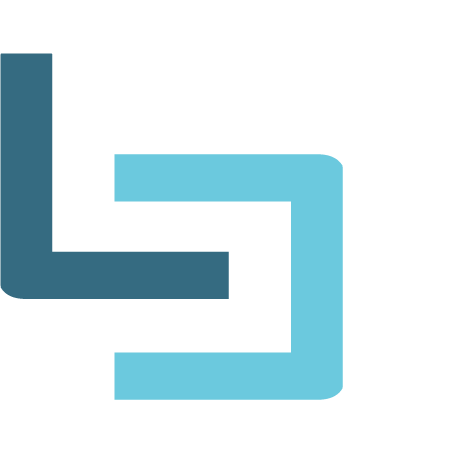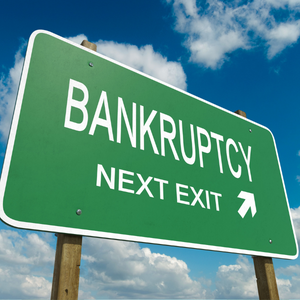
Not all debts are created equal. From car payments to mortgage payments to credit card debt, there are good debts and bad debts. How do you tell the difference? A simple rule of thumb is that if it has future value or increases your net worth, it’s good debt. If it doesn’t do either, it’s bad debt. It’s even worse debt if you cannot afford it.
Examples of Good Debt
It is important to understand that even good debt can turn bad. Below are examples of good debt and how they can turn against you.
Home Mortgages
Mortgage loans help Canadians accomplish two primary goals. First, they help to provide shelter to individuals and families. Second, they enable families to build equity. When a mortgage loan is paid full, the equity in a home can serve as a nest egg, a retirement plan or protection against future medical expenses. However, mortgage loans can quickly turn bad when a homeowner continually refinances or borrows against the home.
Student Loans
For many, student loans serve as a means of obtaining a degree that can set them up for a high-earning career. For these individuals, student debt is good debt. However, for others, their chosen career path is insufficient to repay the loan. In the latter case, student debt proves to be bad debt.
Car Loans
Cars serve an important economic purpose, as they transport individuals to and from work, school, doctor’s appointments, etc. For this reason, a car loan can be a good debt. However, when a person finances a vehicle that is not within budget, car loans can quickly turn bad.
Business Loans
Business loans, when supported by a sound and well-thought-out business plan, can help to increase your earning potential. However, when taken out on a whim, they can put you further in the hole.
Examples of Bad Debt
Bad debt is fairly easy to identify. Here are two common examples.
Credit Card Debt
Many individuals use credit cards to finance purchases they cannot afford, do not need or both. Moreover, credit cards are structured in such a way as they make borrowing easy (as they’re a form of revolving credit), and they come with variable interest rates. For every day you carry a balance, you accrue interest, which can become costly.
Payday Loans
Payday loans are quite possibly the worst kind of debt. These loans are short term and carry extremely high interest rates that, on an annual basis, easily run into the triple digits. Most payday loans must be repaid within two weeks — or every pay period — and most lenders charge rates as high as $30 per $100 borrowed.
Do you have bad debt you want to rid yourself of? Explore smart debt solutions today.



